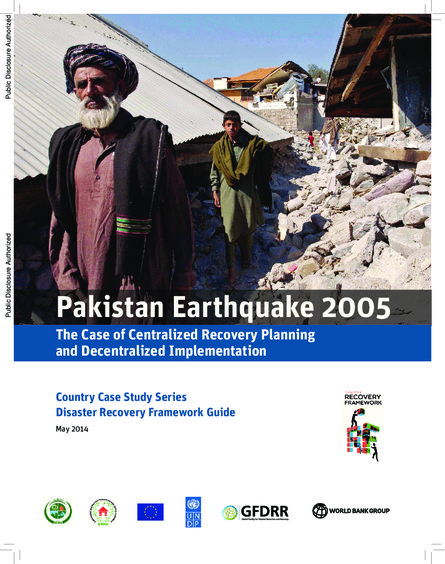
Located in South Asia, Pakistan is the sixth most populous country in the world. Pakistan is divided into four provinces, a state and federally and provincially administrated territories. The country is exposed to several types of natural disasters, prominent among which are earthquakes, floods, droughts, cyclones and landslides. Recurring floods formed the bulk of the natural disasters to have struck Pakistan since the country’s formation, with the collective toll of the floods prior to the earthquake of 2005 leaving 6,700 people dead. Windstorms, though less frequent, have also been devastating for Pakistan. As of the earthquake of 2005, the windstorm of 1965 remained the most fatal natural disaster in the country’s history, claiming about 10,000 lives. The devastation caused by the earthquake of 2005, however, eclipsed all previous disasters. Reacting decisively to the earthquake, the government established a new reconstruction agency, the Earthquake Reconstruction and Rehabilitation Authority (ERRA) to lead, coordinate and oversee reconstruction. This case study, based on comprehensive literature review and interviews with key stakeholders, presents the highlights of the post-earthquake reconstruction process. It outlines the decision-making processes in recovery planning and extracts best practices and key lessons learned from the experience.
